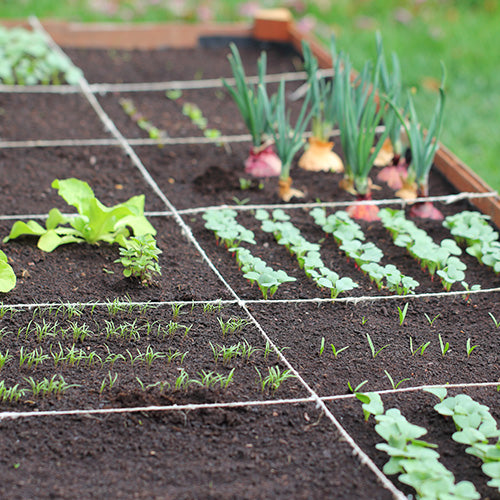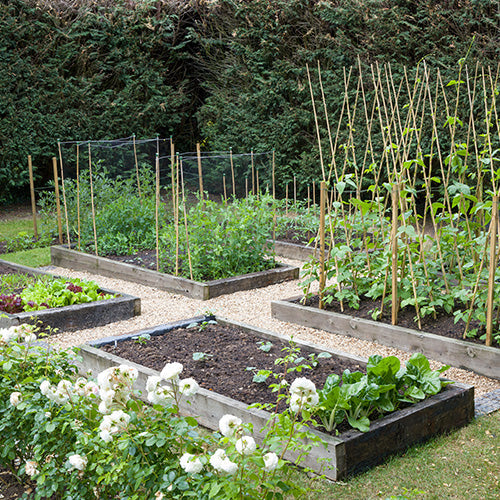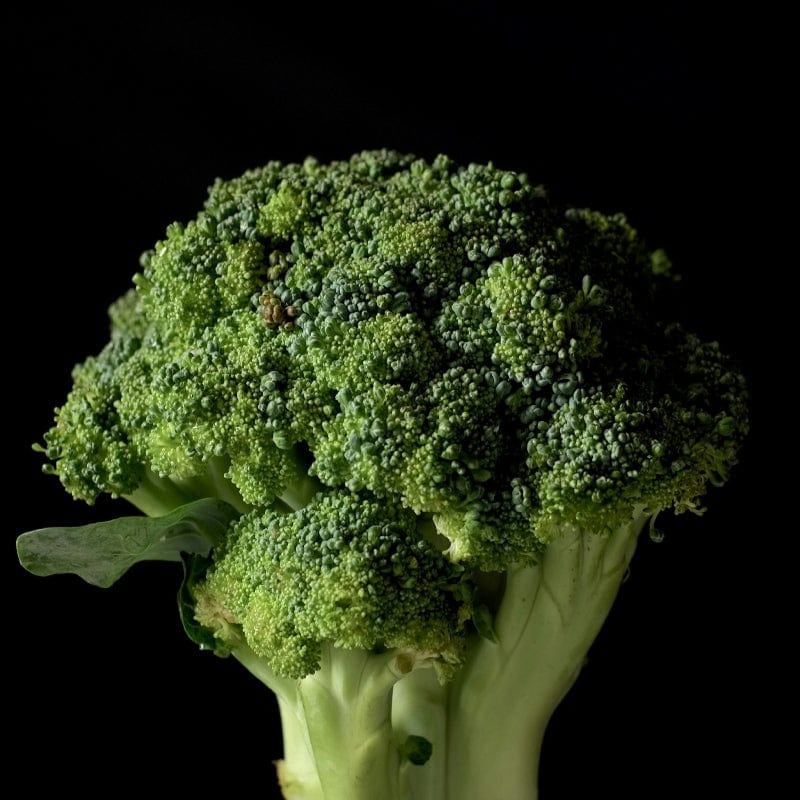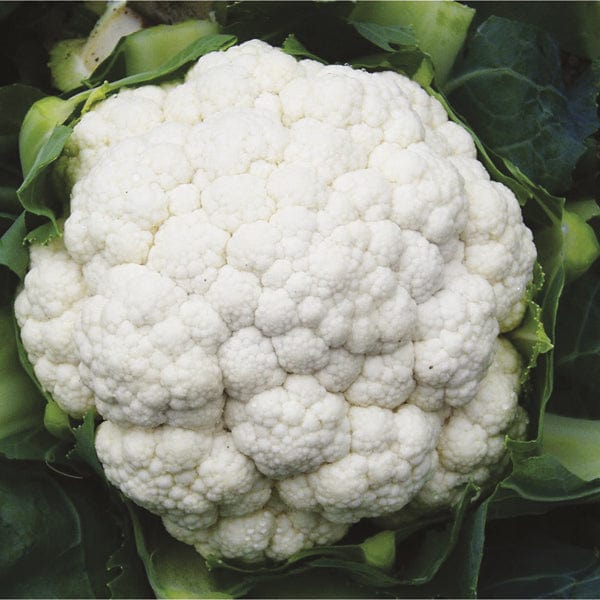If the same vegetable or group of vegetables is grown in the same area of soil year after year, diseases and other problems build up in the soil affecting the plants' growth, usually with a reduction in yield and sometimes killing the plant.
One way around this is to divide the growing area and to grow different types of vegetables in these areas - something referred to as crop rotation. The three main types of vegetables are the brassicas, legumes (peas and beans) and roots; the other vegetables are then fitted in where space allows. In practice, however, apart from on allotments and in large vegetable gardens, this can be difficult to achieve. Even so, it's still worth trying to do. A three-year crop rotation is usually practised and this is achieved by dividing the vegetable patch into three areas. The vegetables are then rotated around the areas as shown on the image to the right.
If space allows, we recommend that you try a four-year rotation where members of the onion family become the fourth group. By using crop rotation, the legumes provide nitrogen for the following nutrient hungry brassicas. Organic matter would be dug into the brassica plot before sowing/planting and would be completely rotted by the time the roots crops are grown, as recently manured soil will cause them to fork.











